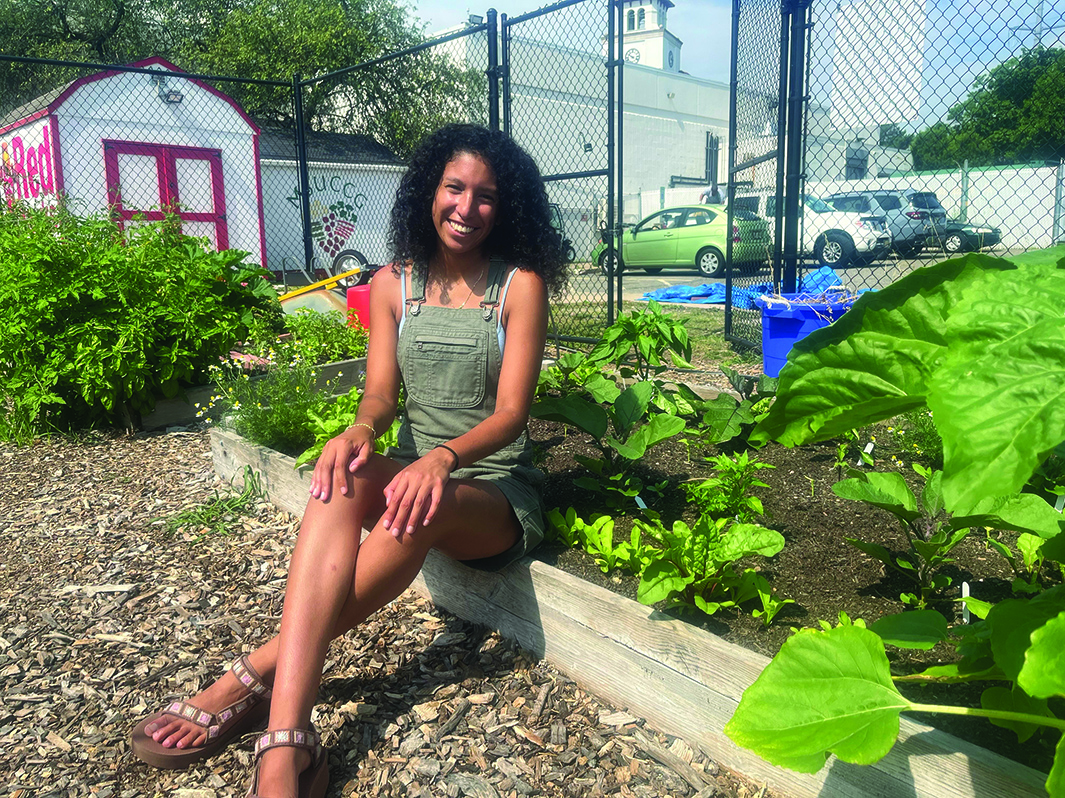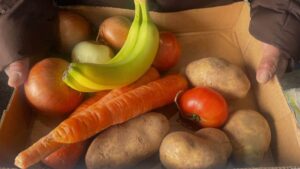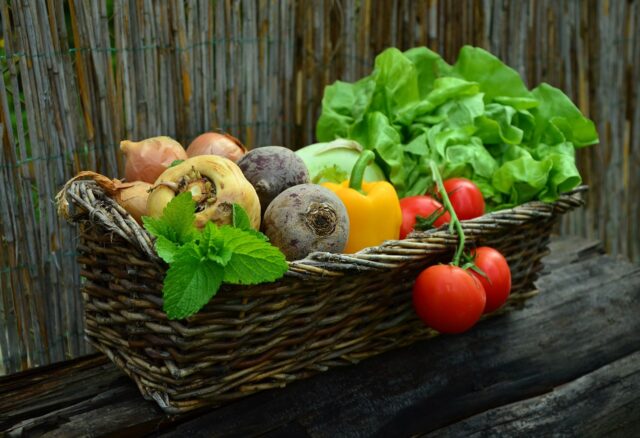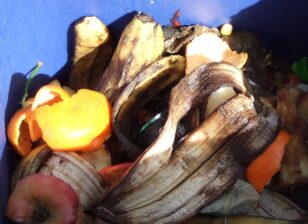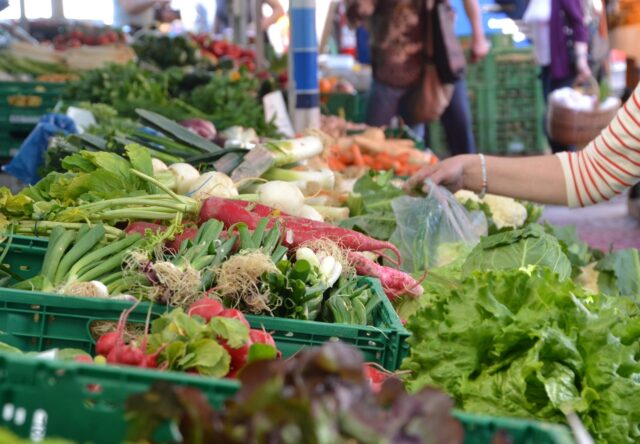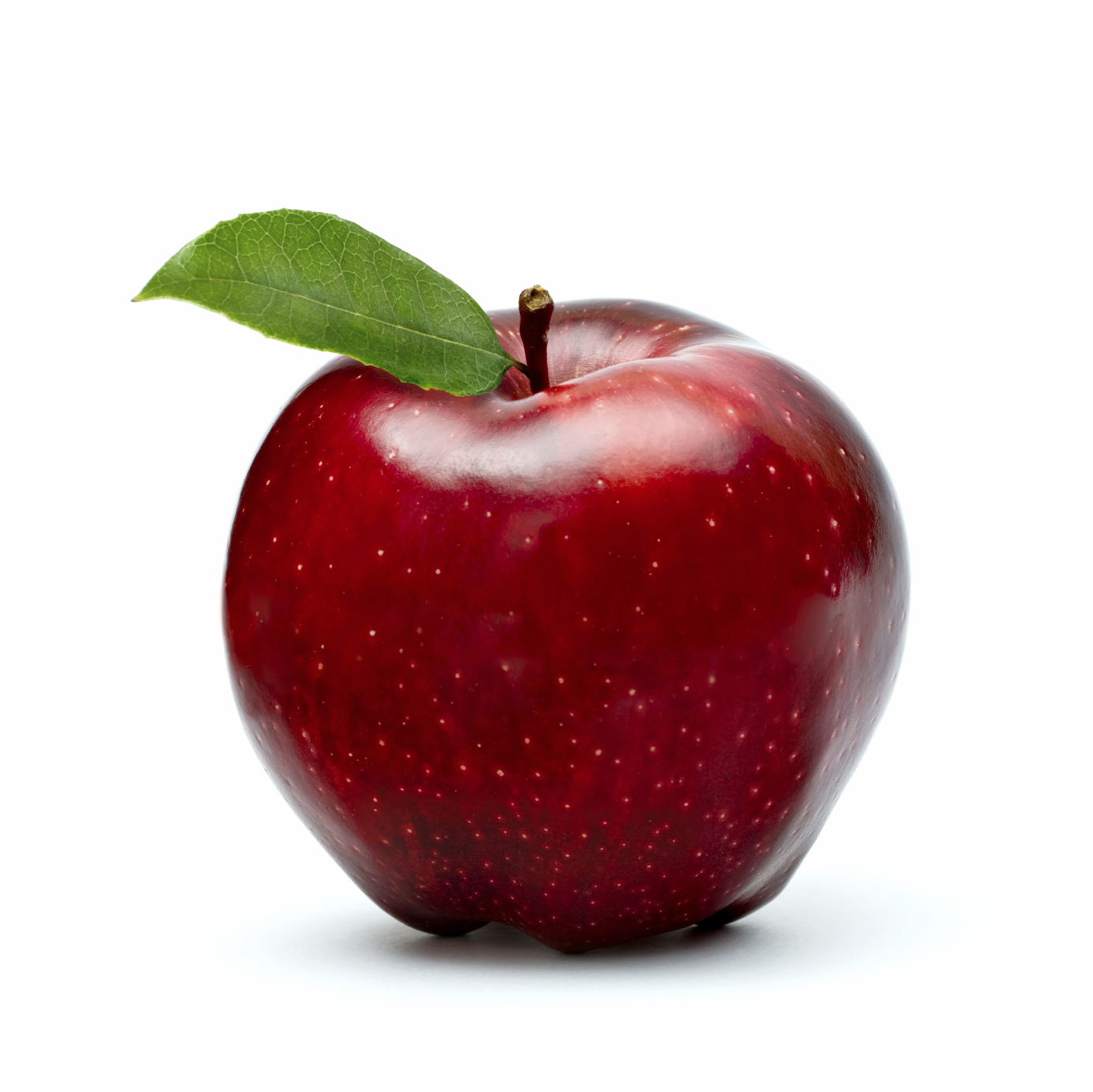
Blog
Reducing Food Waste Can Impact Climate Change
See that pretty apple? It looks like it’s right out of a picture book, just the right shade of storybook red. So many of them too, all looking perfect stacked up waiting to go home with you. Or that bag full of sunny yellow lemons, smiling from a bowl on your kitchen counter. And that stalk of dusty green Brussel sprouts, like a wand of miniature lettuce heads, waiting to be sautéed or steamed to nourish us with vitamins and beta-carotenes.
But that shimmering land of fruits and vegetables in our fairy tale holds a dark secret and it’s time to bring it to light. Our perfect garden is changing our climate and there’s little time left to stop it. In a study published last month by the Potsdam Institute for Climate Impact Research, projections for global food loss/waste were considered in conjunction with associated emissions. Their analysis revealed that although food requirements have changed minimally over the past 50 years, food surplus has increased by 65%, with agriculture accounting for 20% of global greenhouse-gas emissions in 2010.
The eating patterns of the Western world contribute to the increase in greenhouse-gas emissions. The image below shows how food waste has grown versus nearly unchanged food requirements, at a time when the global food deficit has decreased.

According to the study, avoiding agricultural food waste could help prevent climate impacts such as weather extremes and sea-level rise. Jürgen Kropp, co-author of the study, said it’s no secret the Western world is responsible for today’s emergency. “Part of the climate crisis,” Kropp said, “is our food consumption style in Western countries.” As emerging economies, if India and China follow our example of food waste, they could over proportionally increase greenhouse-gas emissions and undermine climate protection efforts.
By reducing food waste, there would be a direct impact on climate change while at the same time, hunger worldwide could see a reduction. At current rates, greenhouse-gas emissions will rise almost 300% by 2050, while food requirements will only rise 2-20% in that time. Co-author of the study, Prajal Pradhan explains, “…agriculture is a major driver of climate change…” Avoiding food loss and waste would therefore avoid unnecessary greenhouse-gas emissions and help mitigate climate change.”
Up to 14 percent of overall agricultural emissions in 2050 could easily be avoided through better management of food distribution and waste management. Examining our supply chain and distribution systems is imperative. Farms occupy 38% of our land (compared to just 2 percent for cities), and use 70% of our fresh water. Creating more efficiency, putting aside the need for esthetics of our ingredients and managing the food chain could help to produce enough food to feed 10 billion people in a world of 800+ million food insecure or hungry people. In essence, individual consumer behaviors can have a dramatic effect on not only the food waste crisis, but climate change concerns as well.
Impacting the supply chain by rerouting excess food from dumpsters to our neighbors who are food insecure and hungry will have a long term consequences for our environment. Wasting less food will feed more people. When you shop, ask for locally sourced produce, dairy and meats. Buy ugly fruits and vegetables and ask your local grocery retailers and restaurants what they’re doing with their excess food. If enough consumers voice their concerns, retailers will get the message that it is not okay to throw out food, or order too much, or only offer food you’d find in a fairy tale.
Food waste and food insecurity are no longer unfamiliar concepts. We’re making strides getting past our need for over abundance. More and more Americans are reducing the amount of food they throw out, adding composting to their lifestyles and making smarter choices when shopping. More retailers are offering specials on food nearing expiration and making efforts to donate to food rescue organizations like Table to Table. We can all influence the food supply and force it to work differently. By reducing waste, we can save resources like water and energy while increasing food security all the way down to the local level. And that would create a very happy ending to the story.
More From News
July 16, 2024
Food Insecurity on College Campuses
July 2, 2024
How to Keep Produce Fresh
REAL PEOPLE, REAL STORIES.
June 21, 2024
Matthew Pendolino: June Volunteer of the Month
Join us in congratulating Matthew Pendolino, Table to Table’s June Volunteer of the Month. Matthew Pendolino has been volunteering with Table to...
June 19, 2024
White House Trying To Keep Edible Food Out of Landfills
The White House unveiled a national strategy recently to combat food waste and keep edible food out of landfills. White House officials...
June 18, 2024
NJ Farmers Markets Accept SNAP/EBT Benefits
The New Jersey Food Democracy Collaborative has compiled a list of farmers markets across New Jersey that are authorized to accept state...








